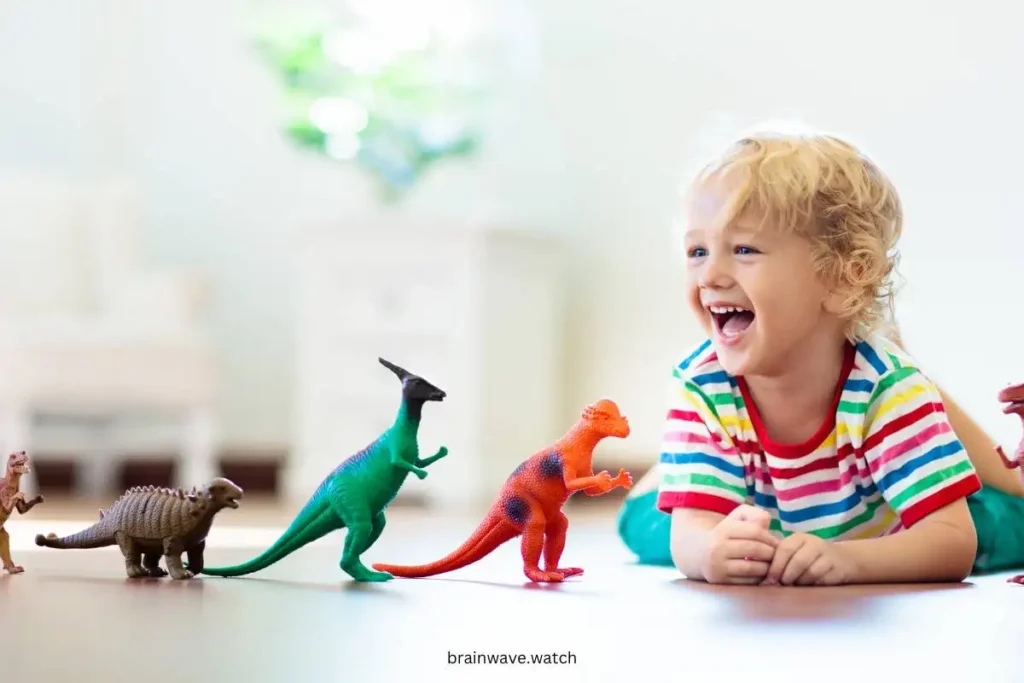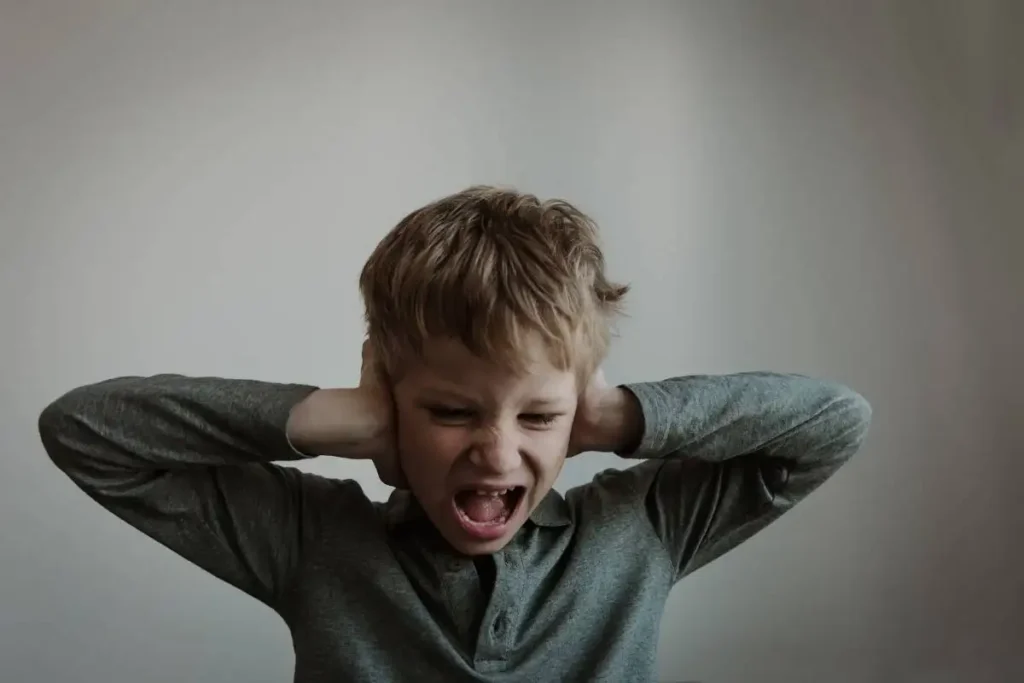Lining up toys is a common developmental phase that children go through. It is often associated with categorization, spatial reasoning, and organization. Children may line up their toys to create patterns, sort them by color or size, or create a sequence. It is a way for them to make sense of the world around them.
One common behavior in children’s play is lining up toys. Parents often wonder if this behavior is a sign of intelligence. While some studies suggest that lining up toys may be a sign of intelligence, it is not always the case.
Parents should not worry if their child lines up their toys. It is a normal behavior that helps children develop their cognitive skills. However, if the behavior becomes repetitive or obsessive, it may be a sign of a developmental disorder such as autism. In such cases, parents should consult with a pediatrician or a child psychologist.
Child play is an essential part of childhood development. It helps children develop their cognitive, emotional, and social skills. According to The American Academy of Pediatrics, play is crucial for children’s healthy brain development. Children who engage in play have better language, problem-solving, and social skills.
Toy Alignment Behavior in Children
Toy alignment behavior is a common phenomenon in children, often leading parents to wonder if it is linked to intelligence. While there is no direct correlation between toy alignment behavior and intelligence, it is a normal part of child development and can indicate certain cognitive skills.
Patterns and Repetition
Children who align toys often do so in a specific order or pattern. This behavior can indicate an interest in patterns and repetition, which are important aspects of cognitive development. By aligning toys in a specific order, children are learning to recognize patterns and sequences, and this can enhance their problem-solving abilities.
Spatial Awareness and Organization
Aligning toys also requires spatial awareness and organization skills. Children who align toys are often able to visualize how objects fit together in space, and this can indicate a higher level of spatial awareness. They are also developing organizational skills, which are important for academic success.
Interpreting Signs of Intelligence
When it comes to interpreting signs of intelligence in children, there are several factors to consider. While some behaviors may indicate advanced cognitive abilities, others may simply be part of normal development. In this section, we’ll explore some of the key factors that can help parents and educators identify signs of intelligence in children.
Cognitive Development Milestones
One of the most important factors to consider when interpreting signs of intelligence is a child’s cognitive development milestones. These milestones can vary depending on the child’s age and development level, but they generally include things like language development, problem-solving abilities, and social skills.
For example, a child who can communicate effectively and express their thoughts and feelings clearly may be demonstrating advanced language skills, which are often associated with higher intelligence. Similarly, a child who can solve complex problems or puzzles at a young age may be demonstrating advanced problem-solving abilities, which are also associated with higher intelligence.
The Role of Play in Learning
Another important factor to consider when interpreting signs of intelligence is the role of play in learning. Research has shown that play is a critical component of early childhood development, and can help children develop a wide range of skills and abilities.
For example, lining up toys may be a sign of intelligence, but it may also simply be a form of play that helps children develop their spatial reasoning and organization skills. Similarly, other forms of play, such as building with blocks or engaging in imaginative play, can help children develop their creativity, problem-solving abilities, and social skills.
When to Be Concerned
Lining up toys is a common behavior among toddlers and young children. As previously discussed, it can be a sign of intelligence or a normal part of a child’s development. However, parents should also be aware of when to be concerned about this behavior.
Differentiating Between Preferences and Compulsions
Parents should observe their child’s behavior and determine whether lining up toys is a preference or a compulsion. If the child only lines up toys occasionally and does not become upset if they are not able to do so, then it is likely just a preference. However, if the child becomes upset or distressed if they are unable to line up their toys, or if they line up toys excessively and compulsively, then it may be a sign of obsessive-compulsive disorder (OCD).
Consulting with Child Development Specialists
If parents are concerned about their child’s behavior, they should consult with child development specialists. A pediatrician or child psychologist can evaluate the child’s behavior and determine if there is a cause for concern. They can also provide guidance and support to parents on how to manage the behavior and help the child develop appropriate coping skills.







